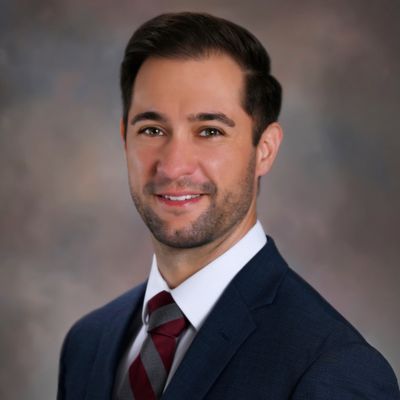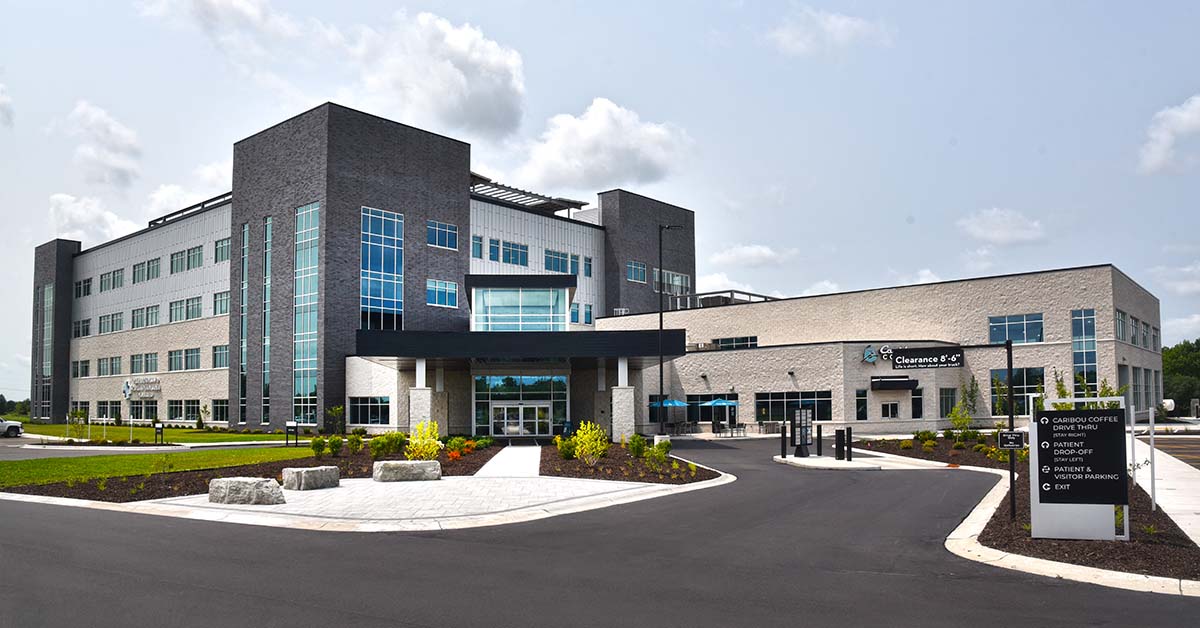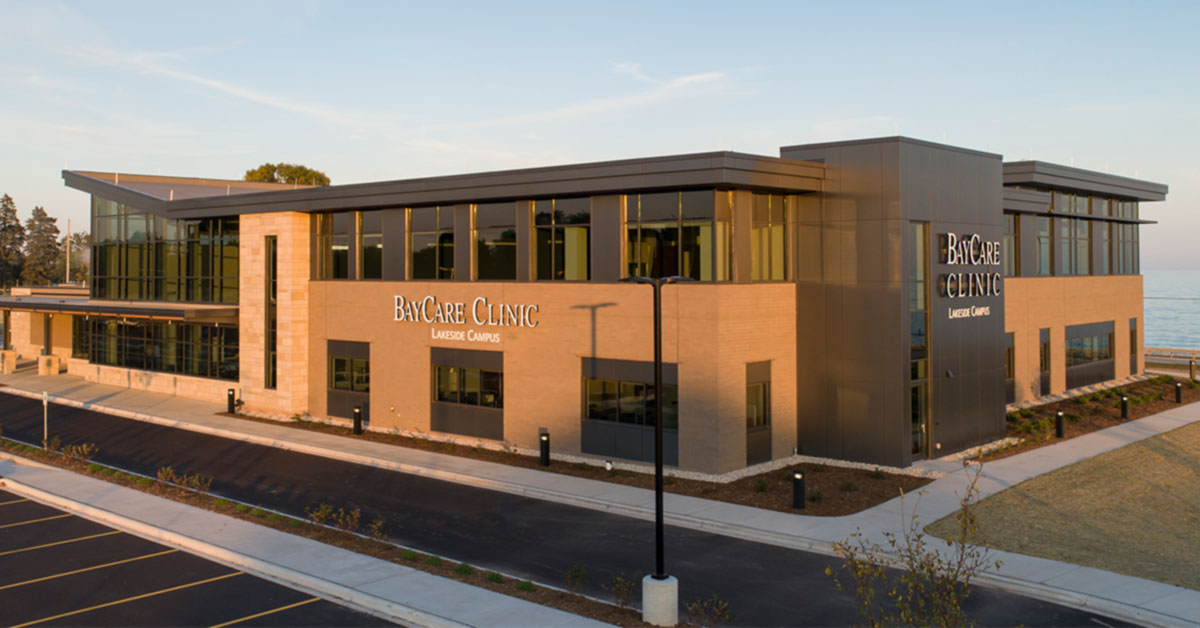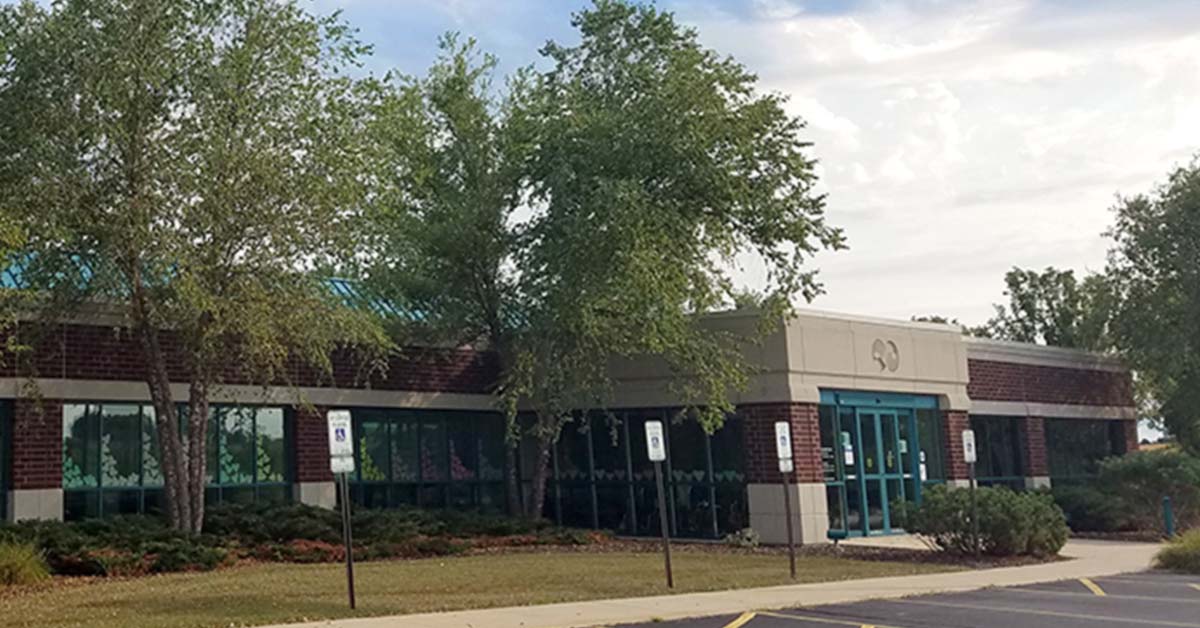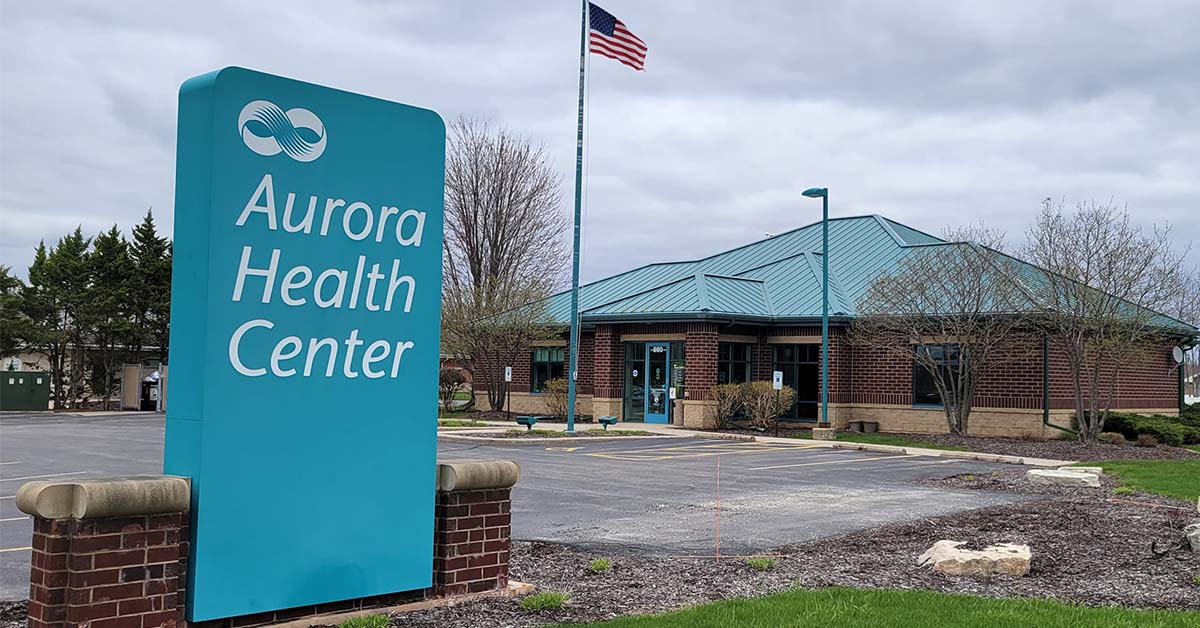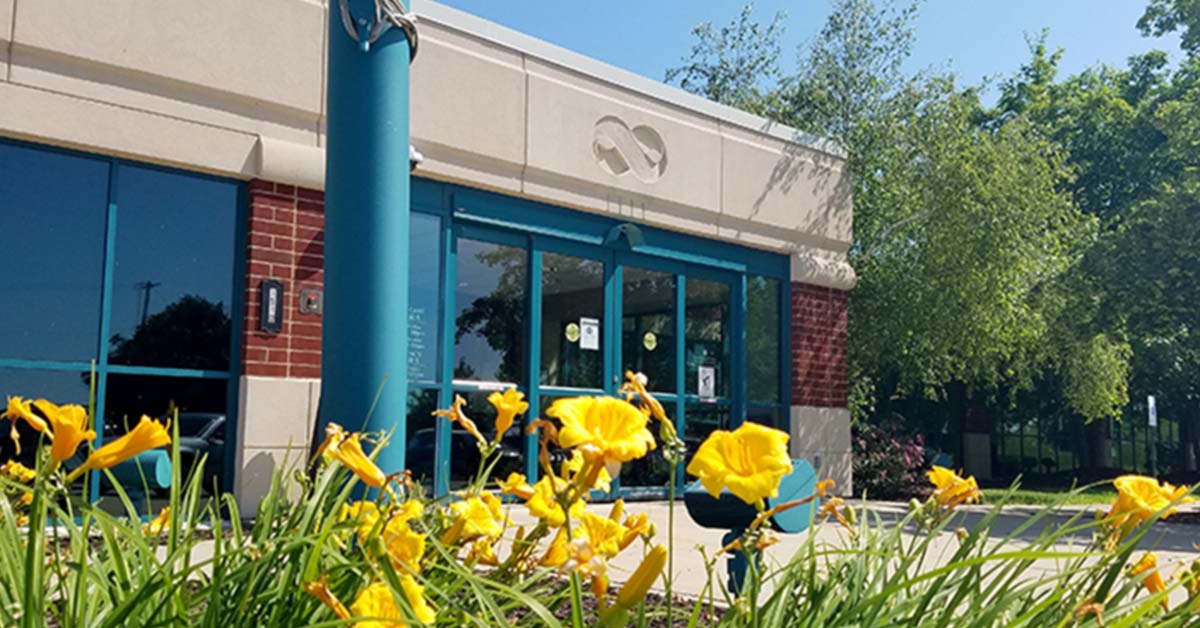Hip Bursitis
Innovative services to treat hip bursitis, which also is known as greater trochanteric pain syndrome
Greater trochanter pain syndrome is a term that includes medical diagnoses that cause pain on the side of the hip. Trochanteric bursitis, abductor tendon tears and iliotibial band friction syndrome are conditions that can cause pain on the side of the hip.
Bursitis is inflammation of the bursa, a fluid-filled sac that helps tendons move smoothly over bone. The most common location of bursitis in the hip is at the greater trochanter, the bony prominence on the side of the hip.
Although trochanteric bursitis is a medical diagnosis, there is often an underlying cause. An abductor tendon, or gluteus medius and/or minimus tear, can be overlooked as a cause of hip pain on the side. The iliotibial band, or IT band, can also “snap” or “rub” over the greater trochanter, causing pain at the side of the hip. This is called IT band friction syndrome.
What are symptoms of hip bursitis, or greater trochanteric pain syndrome?
Symptoms of hip bursitis, or greater trochanteric pain syndrome, can include:
- Pain
- Stiffness
- Swelling
- Tenderness
- Audible or visible snap
- Trendelenberg gait or hip drop gait
- Weakness
Pain often is worse when a person stands up after sitting for a while. Pain also may increase during prolonged activity, such as walking.
How is hip bursitis, or greater trochanteric pain syndrome, treated?
Evaluation begins with a medical history review and physical examination. X-rays or an MRI also may be ordered.
If hip bursitis, or greater trochanteric pain syndrome, is diagnosed, treatment may include:
- Modifying activity
- Anti-inflammatory medication
- Physical therapy
- Injections such as cortisone or orthobiologic treatments
- Nerve block procedures
If nonsurgical treatments do not restore desired quality of life, an orthopedic surgeon may recommend surgery to address the underlying cause of pain on the side of the hip. This could include removal of the bursa, release of the IT band or repair of the torn abductor tendons. Depending on the specific requirements of surgery, this could be done with hip arthroscopy or an open procedure.




